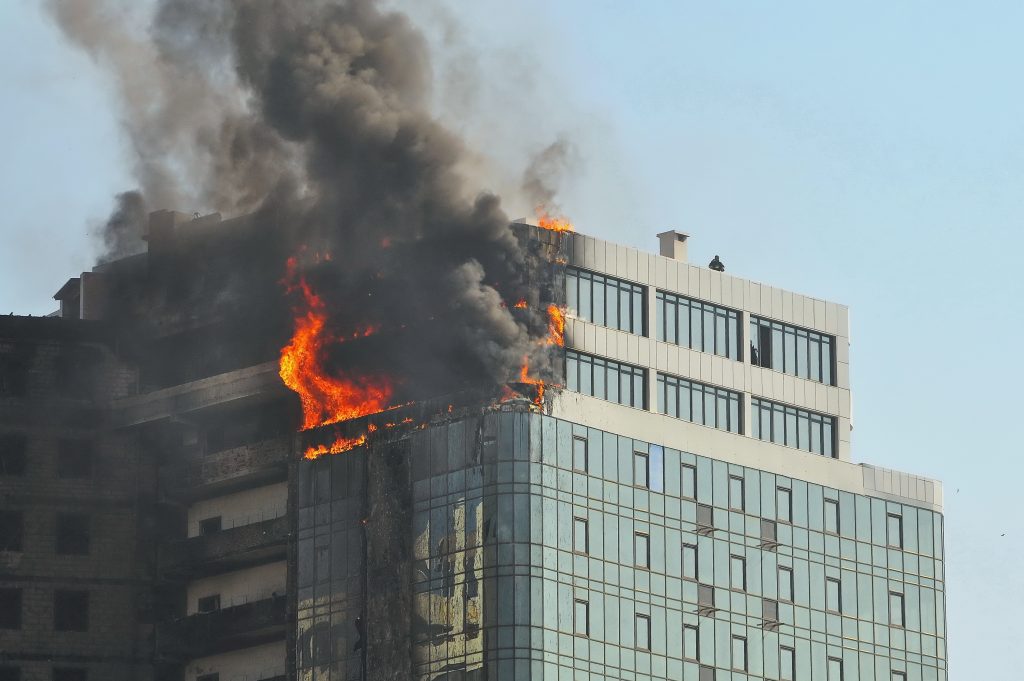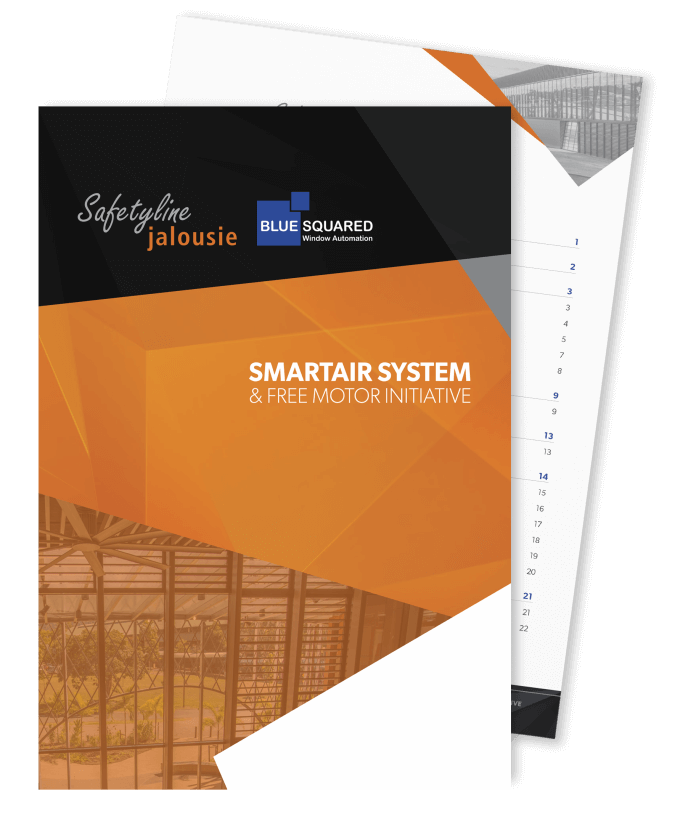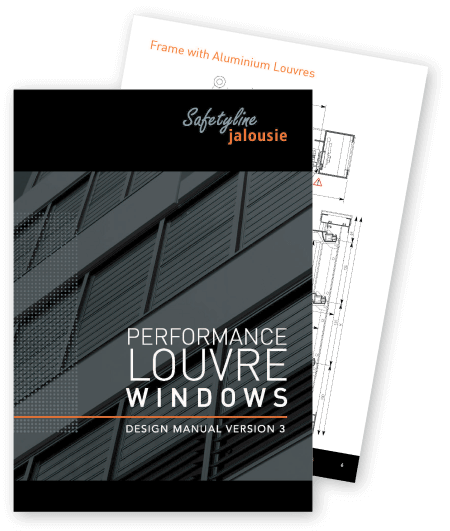The danger of non-compliance with building construction standards
Lax implementation of safety regulations and substandard or outdated construction materials have been frequently reported as the root causes of the worst building fire disasters in recent history. Investigations have revealed that low-quality, flammable aluminium composite panels further accelerated the fires at the Lacrosse building in 2014 and the Grenfell Tower in 2017. The Neo200 building fire in 2019 was traced to a carelessly discarded lit cigarette that ignited the non-compliant combustible cladding on the building’s façade.
These incidents have led to a more stringent assessment of building safety regulations and construction standards. According to a 2019 report by the Victorian Cladding Taskforce, 1,069 out of 2,227 inspected buildings were found to have flammable cladding. They noted 12 reasons for the non-compliant use of cladding, which from a systems perspective were categorised as;
- The incentive to substitute products driven by cost
- No reliable means of independently verifying product certification
- Product labelling cannot be verified to detect fraudulent or misleading information
- Products cannot reliably be verified as being the same as those approved (and used)
- On-site inspections are unreliable or do not take place.
Essentially, the task force also identified problems with “the system of verifying products’ conformance to standards and compliance with government regulation.”
Unfortunately, the use of substandard products made of low-quality materials is prevalent in the construction industry. Such materials include steel, glass, aluminium, copper, and engineered wood as well as using cheap yet faulty electrical products that can cause fires and electric shock.
As calls grow for swift government and industry action to remedy the fire safety risks posed by flammable and non-compliant products, design and construction professionals must be mindful of Australia’s increasingly complex regulatory landscape, and ensure they have an up-to-date understanding of the minimum requirements for fire performance.
In Australia, whilst the specific guidance does vary from state to state, overall fire safety regulations for building and infrastructure are determined by The National Constriction Code (NCC). All building works must conform to the NCC which has specific provisions relevant to fire safety systems and elements used in a building. The type, or ‘Class’, of building (categorised by use and number of occupants), is used to decide how stringent fire safety measures must be to account for levels of risk. Additionally, all fire-rated materials used in a building must comply with the Australian Standards that are specifically relevant to fire-rated elements.
What is EN2101-2 Certification?
Beyond the standardised minimum requirements set out by Australia’s National Construction Code, there’s a lot that can be learnt and adapted from other well-developed markets like Europe.
For products used within natural, mechanical, and pressurisation smoke systems, the rigorous testing set out by the stringent EN12101 standard provides specifiers with the assurance of the reliability that the product is capable to deliver the performance necessary to protect both occupants and property in the event of a fire.
The EN2101 certification was developed by The European Committee for Standardization to provide a system of high-quality standards and methods for developing, testing, and manufacturing products to be used within smoke-controlled systems. Products with EN2101 rating are marked with the CE logo. This informs specifiers that these products fully meet key performance requirements in protecting the property and its occupants from smoke, heat and fire. This is also a mandatory certification for products that are subject to comply with harmonised EN standards.
Under this certification is the EN 12101-2 standard for smoke and heat control systems specifically with regard to natural smoke and heat exhaust ventilators (NSHEVS). These are opening components within the façade or the roof that are also used to release smoke and heat, providing a clear path for escape and rescue operations during fire emergencies.
Performance tests are conducted on the entire unit to achieve the EN 12101-2 rating. These include experiments to calculate the NSHEVS’ aerodynamic free area. Another test involves repetitive operational and cycle tests under various environmental conditions, such as wind and snow loads as well as high or low temperatures. The unit must also be able to open and operate its exhaust function in under 60 seconds, whether by main and battery power or pneumatic controls. A dual-purpose ventilator test is also performed on units designed to provide daily ventilation. Factory Production Control (FPC) protocols should also be followed in the manufacturing process to ensure that the finished products will deliver the same key performance ratings as reflected in the tests.
Safetyline Proteger: our EN12101-2-certifed Natural Smoke & Heat Ventilator
Safetyline Jalousie takes pride in delivering optimum ventilation solutions in compliance with the most stringent building requirements. Our prefabricated Safetyline Proteger is a multi-purpose operable louvre window system that’s designed to naturally and effectively ventilate buildings while providing high-level performance in terms of fire, heat, and smoke protection.
Safetyline Proteger louvres have been extensively tested and certified according to EN12101-2 Annex G. The Proteger louvres are specifically designed to effectively release heat and smoke to keep emergency routes smoke-free in case of fire. This makes it ideal for stairwells and corridors within residential apartments, hotels, school, shops and offices.
If you would like to know more about Safetyline Proteger, contact us on 1300 863 350 to book a free consult or fill out our contact form.























